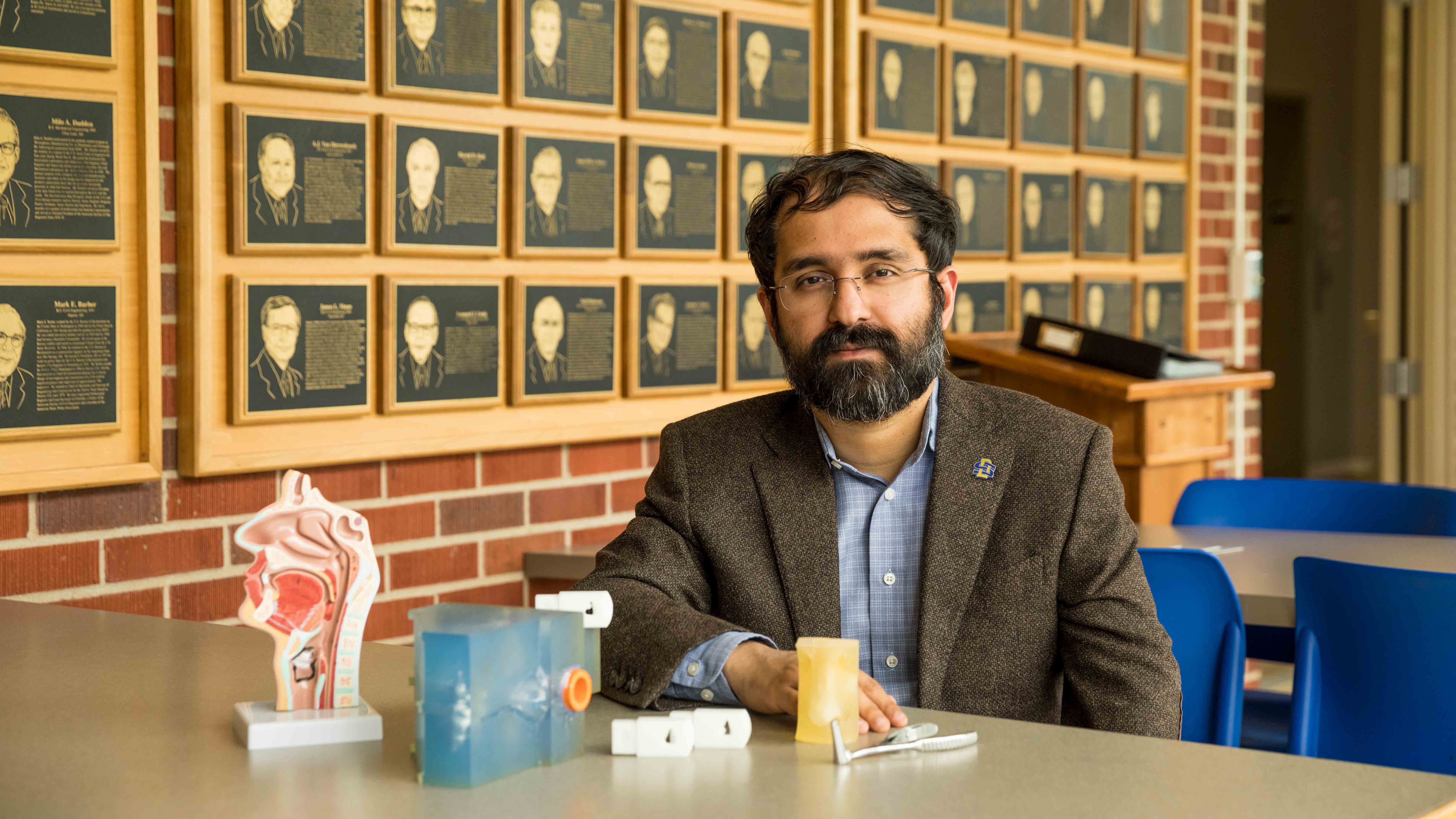Experiments by a Brown-led research team investigated belly flop mechanics and found surprising insights about air-to-water impacts that could be useful for marine engineering applications
Tag: Fluid Mechanics
What a “2D” quantum superfluid feels like to the touch
Superfluid feels two-dimensional to touch, with heat flowing along the edges of your finger.
Penguin Propulsion: The Physics Behind the World’s Fastest Swimming Birds
In Physics of Fluids, researchers develop a model to explore the forces and flow structures created by penguin wings underwater. Penguin can adjust swimming posture by active wing feathering, pitching, and flapping and their dense, short feathers can also lock air between the skin and water to reduce friction and turbulence. The hydrodynamic model takes in information about the flapping and feathering of the wings and, using the immersed boundary method, solves for the motion of the wing and the thrust, lift, and lateral forces.
Want Better Kimchi? Make It Like the Ancients Did
In a combined experimental and theoretical study, Georgia Tech researchers measured carbon dioxide levels in onggi during kimchi fermentation and developed a mathematical model to show how the gas was generated and moved through the onggi’s porous walls. By bringing the study of fluid mechanics to bear on an ancient technology, their research highlights the work of artisans and provides the missing link for how the traditional earthenware allows for high quality kimchi.
At Home, Do-It-Yourself Fluid Mechanics
In Physics of Fluids, scientists describe their work on an at-home study of rheology, which is used to study the way non-Newtonian liquids or semisolid substances flow. The projects assigned to students had two parts: gathering qualitative visual evidence of rheological properties and taking quantitative measurements. The students checked for four behaviors – shear thinning viscosity, viscoelasticity, shear normal stress difference, and extensional viscosity – and even without access to laboratory rheometers, they developed creative and unique ways to carry out their measurements.
Why teapots always drip
The “teapot effect” has been threatening spotless white tablecloths for ages: if a liquid is poured out of a teapot too slowly, then the flow of liquid sometimes does not detach itself from the teapot, finding its way into the cup, but dribbles down at the outside of the teapot.
FAU Teams Up with Technion – Israel Institute of Technology on NSF Grant
FAU has received a $309,527 grant from the National Science Foundation to spearhead the project that will involve experimental work carried out at Technion, and numerical simulations and machine learning tasks conducted at FAU.

Aerosol modeling detects SARS-CoV-2 infectious dose, droplets
Fluid mechanics-based transport modeling in the human respiratory tract and research data were used to determine which droplet sizes are most like to reach the dominant infection site and the number of virus particles needed to trigger infection.